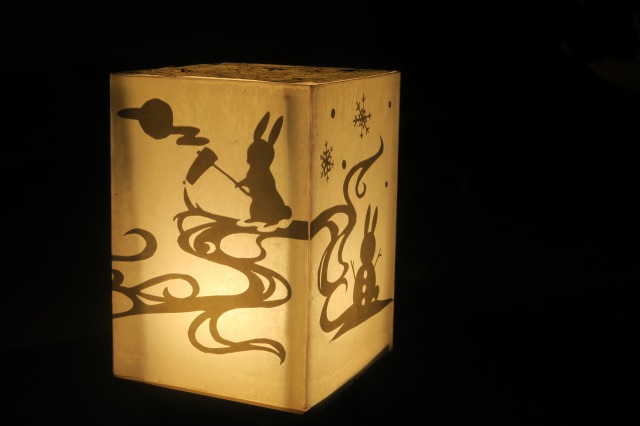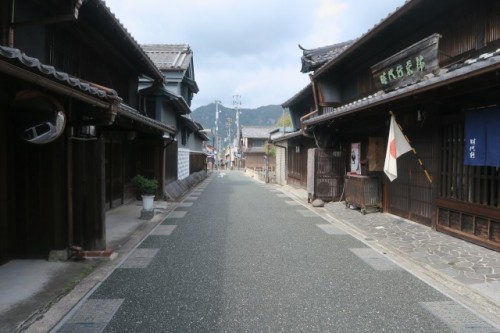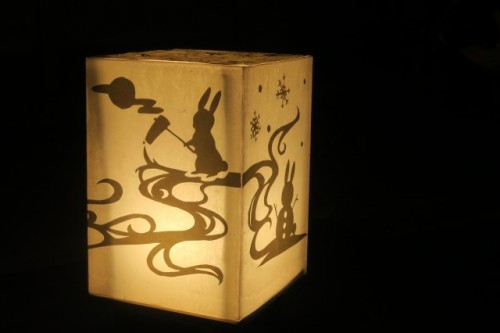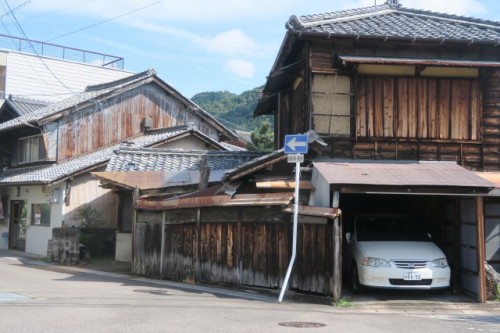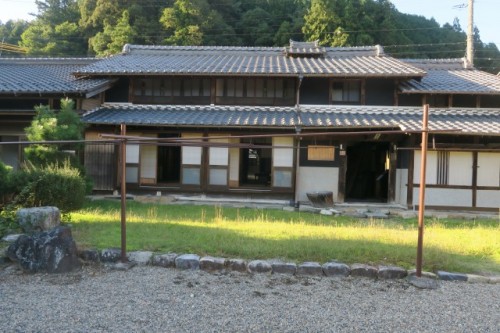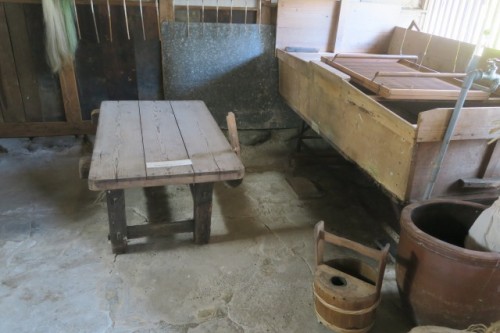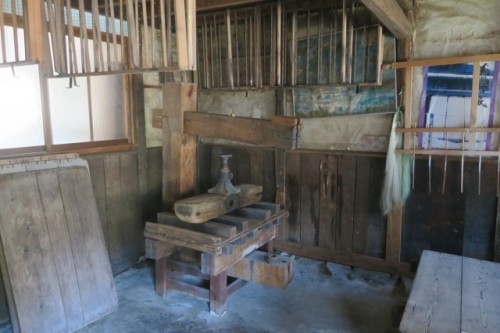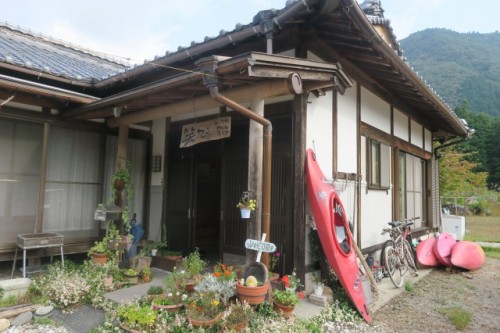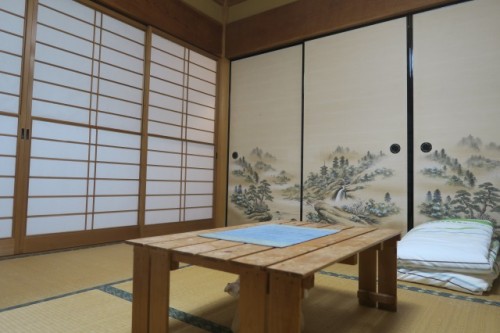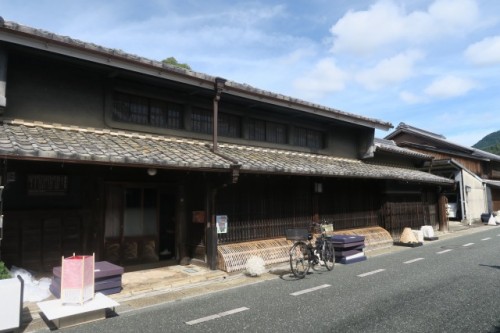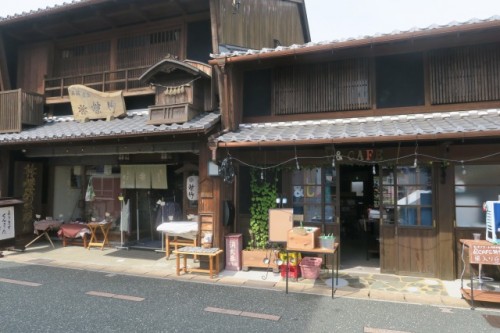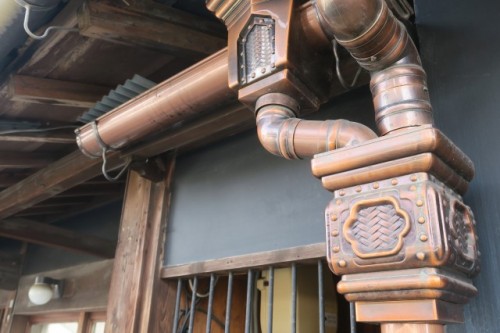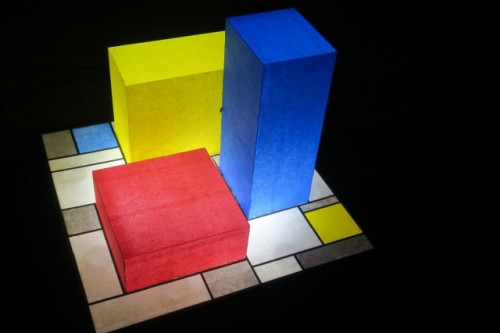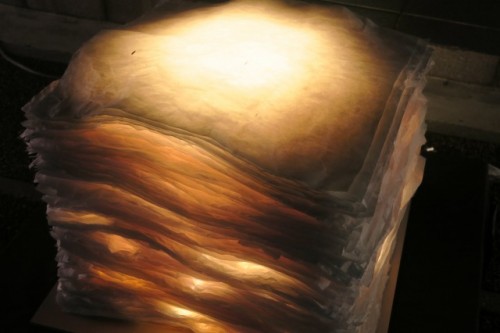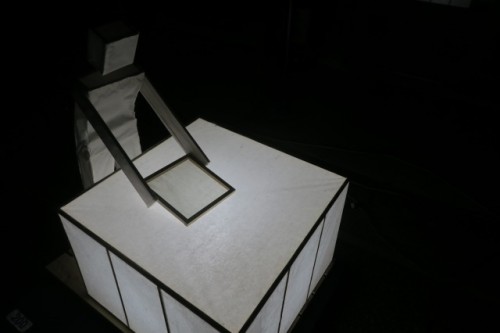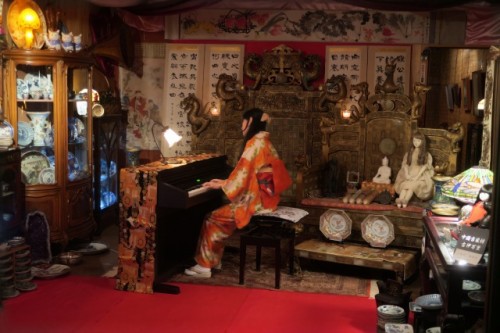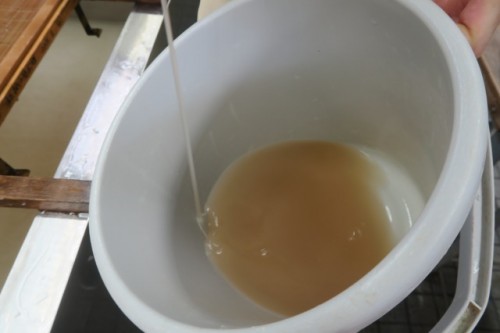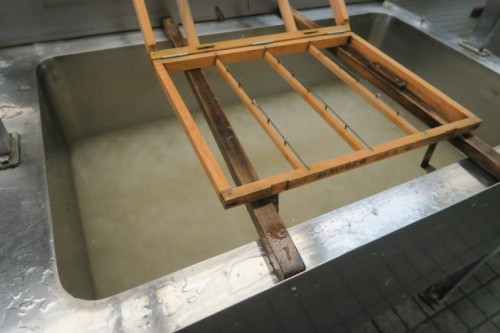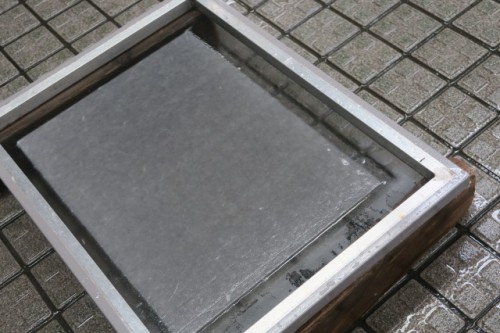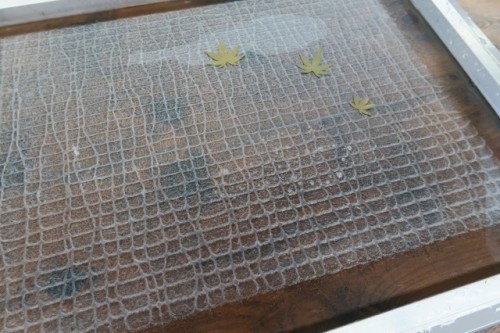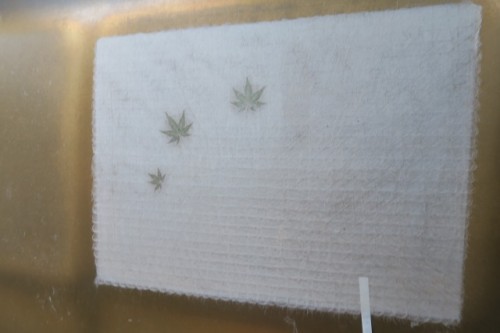Sponsored by Mino City
When it comes to Japanese paper, Mino Washi listed UNESCO Intangible Cultural Heritage is in a league of its own. Not only is the 1,300 year old tradition still alive and kicking, but now, every mid October, this nationally treasured paper illuminates Udatsu town in it’s very own art exhibition. Trust me. Once you visit Mino City, you too will never see paper in the same way again.
Mino Washi – Historically Speaking
Mino Washi was originally used as family register paper, some of which are still preserved as relics now. Further remarkably preserved antiques include the former residence of an old Mino Washi craftsman, Mr Kozo Furuta (mino tesuki washi no ie), retaining his archaic equipment and working space, creating a scene straight from history.
Staying in Mino City – The Historical Accommodation
If visiting historical scenes isn’t enough, how about staying in an old, renovated house? Guest House Warabi is traditional, charming and relaxing. The views of the mountains in the distance and the surrounding stillness of a seemingly secluded old house provides the perfect relaxation. However, if you feel like having some fun and games, the owner, hailing from Osaka, is a really funny (some might say crazy) man who just makes staying there completely worthwhile.
Udatsu: The Symbol of a Mino Washi Merchant
Traditionally, Udatsu refers to a style of roofing used to prevent fires from spreading to neighbouring houses, but, as Washi production increased, Mino City became more prosperous and the wealth of its merchants began to present itself through the elaborate designs of the Udatsu roofing. Being ridiculously rare among the rest of Japan, around four of them in the area are registered as important cultural assets and are scattered in and amongst Washi whole traders, homemade craft stores, inns and sake breweries, all of which are available to visit.
Mino Washi Akari Exhibition
Naturally, the number of Washi craftsmen has declined since its popularity but the desire to keep the art form alive has led to one of the most beautiful festivals in Japan: The Mino Washi Akari-Art Contest & Exhibition.
The warm glow illuminating the crisp edges of carefully crafted Mino Washi, creating a vast array of effects, from the firery glow of singed paper, to the bold, bright colours of geometric art, to recreations of cartoon characters, creates a nightscape like no other. The atmosphere, the feeling and the magic of stumbling across an insanely talented, traditionally dressed woman playing the piano in the open store front of some kind of antique gallery, can truly only be experienced in person. Combine this with a few craft stalls and those traditional (and regional) festival snacks, and bask in the relaxing glow of indescribably unique art.
Make it Yourself at the Mino Washi Museum
One you’ve been thoroughly inspired by the festival, you can try making your own. But, making Washi paper is nothing like that classic paper making experience at school; pushing lumps of newspaper-textured sludge through a wire mesh to create the thickest, lumpiest and most unusable paper in the world. Washi is a delicate process beginning with a satisfyingly silky bucket of tree fibers and sap. It looks a bit like dirty water but, run your fingers through it, and you’ll pretty much want to bathe in the stuff. The silky liquid is then put through a sequence of pre-scooping, scooping, drying, checking and cutting. If you want to get fancy, patterns can be introduced to the paper by spraying water through a patterned, wire mesh.
For just ¥500 (not including the ¥500 entry fee to the museum), you too can experience the wonders of Washi paper making at the culture centre with full English instruction. And, at the end, you can take home your gentle, yet surprisingly durable dried masterpiece. While you wait 10-15 minutes for your paper to dry, why not check out the museums handmade goods, or explore the rest of the art work.
Whether you come for the festival, the history or the nature, Mino City has something for everyone to enjoy. So take a walk through history like no other and visit Mino for a true slice of perfectly preserved Japanese culture.
General Information
Mino Washi Museum : here
Mino Washi ‘ Akari ‘ Exhibition: here
Guest House Warabi here


